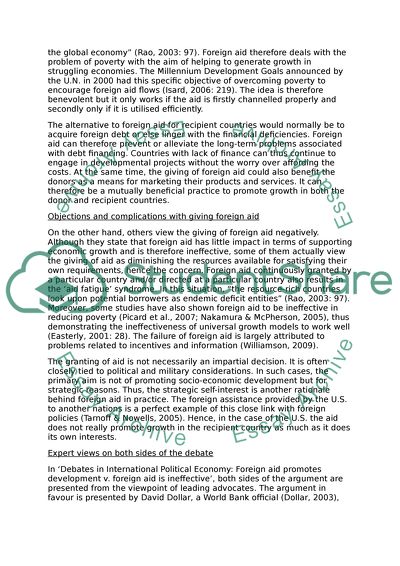Cite this document
(“Foreign Aid: Does it promote growth or is it ineffective in promoting Essay”, n.d.)
Retrieved from https://studentshare.org/macro-microeconomics/1416188-essay
Retrieved from https://studentshare.org/macro-microeconomics/1416188-essay
(Foreign Aid: Does It Promote Growth or Is It Ineffective in Promoting Essay)
https://studentshare.org/macro-microeconomics/1416188-essay.
https://studentshare.org/macro-microeconomics/1416188-essay.
“Foreign Aid: Does It Promote Growth or Is It Ineffective in Promoting Essay”, n.d. https://studentshare.org/macro-microeconomics/1416188-essay.


